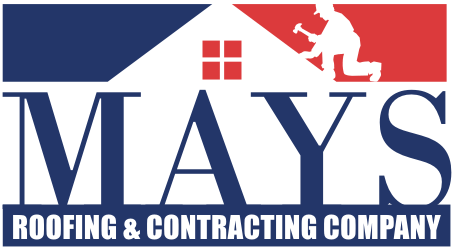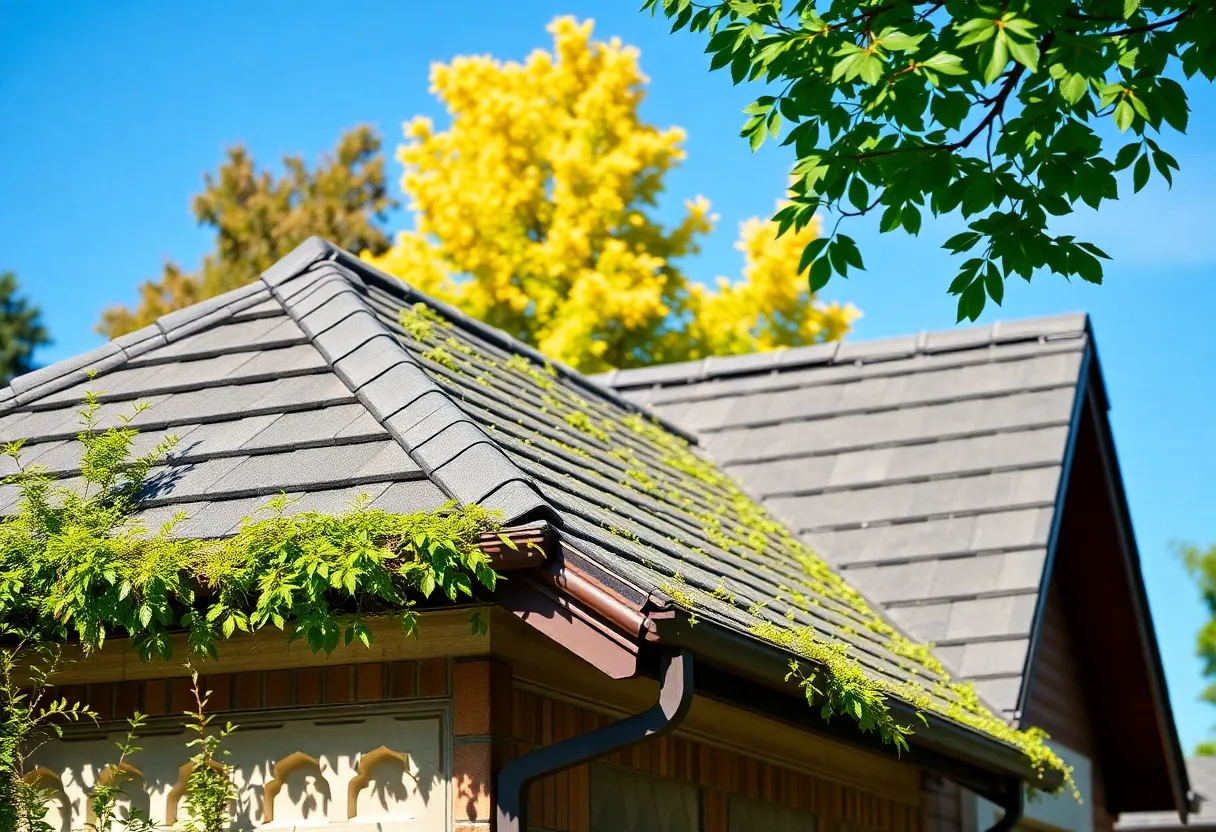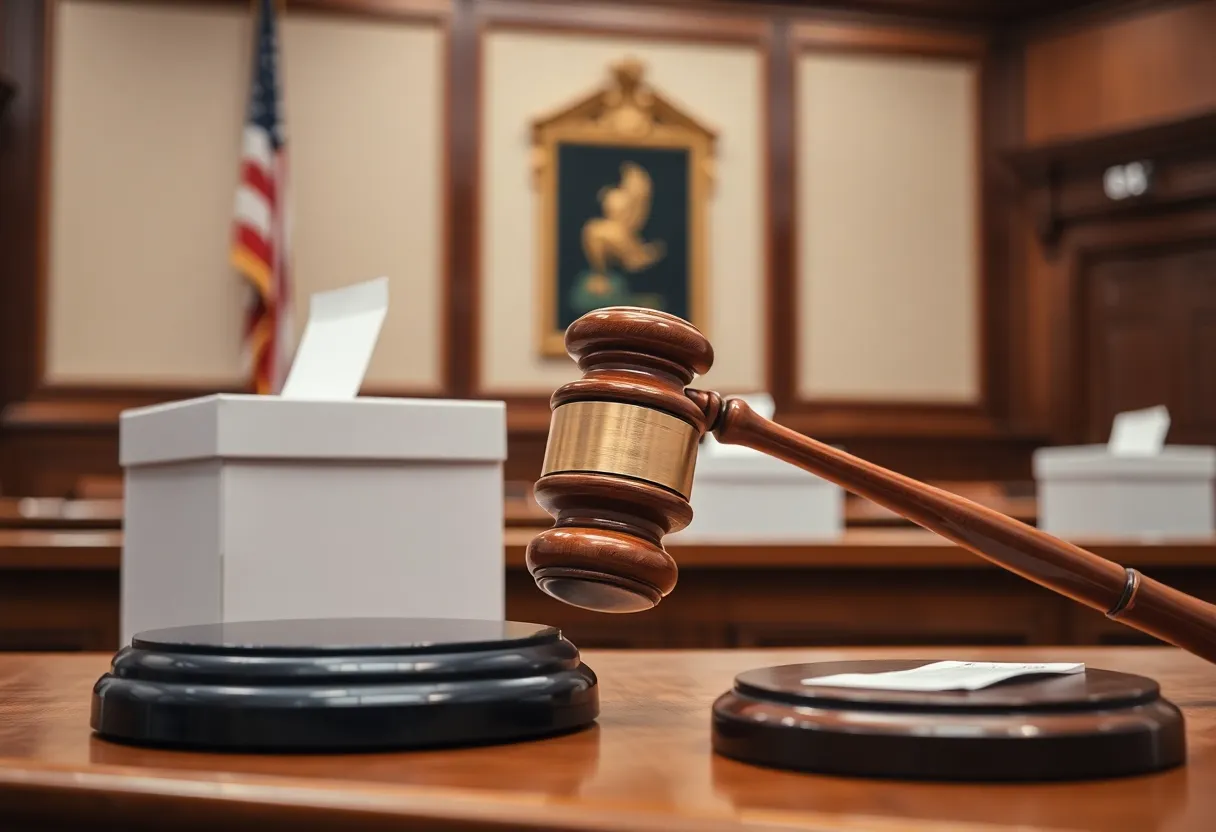How to Spot the Best Time to Clean Your Roof for Optimal Lifespan
Your roof is one of the most essential components of your home. Proper maintenance can significantly increase its lifespan. Regular cleaning is vital, but how do you determine the best time to do so? This guide will help you identify the optimal times for roof cleaning, maximizing its durability and protecting your home.
Understanding Roof Lifespan
A roof’s lifespan typically ranges between 15 to 50 years, depending on the materials used. For instance, asphalt shingles generally last 15 to 30 years, while metal roofs can last 40 years or more. Regular maintenance, including cleaning, is crucial for extending the lifespan of your roof.
Signs Your Roof Needs Cleaning
Spotting the right moment to clean your roof involves looking for specific indicators:
1. Visible Debris and Growth
Check your roof for leaves, twigs, and other debris. Accumulation can hold moisture, leading to mold and algae growth. Dark streaks, especially on asphalt shingles, often signal the presence of algae.
2. Moss and Lichen Formation
Moss and lichen can trap moisture against your roof, accelerating decay. If you see these growths, it’s time to act. Their presence often signifies that cleaning is overdue.
3. Increased Energy Bills
If you notice a spike in your energy costs, your roof may need cleaning. A dirty roof absorbs more heat, causing your HVAC system to work harder. Regular cleaning can mitigate this issue, keeping energy costs under control.
4. Inspection After Severe Weather
Heavy storms can deposit debris and leave damage. After such weather, perform a thorough inspection. Look for leaks or loose shingles that require immediate attention.
Timing Your Roof Cleaning
Timing is crucial when scheduling roof cleaning. Consider these factors:
1. Seasonal Changes
Spring and fall are generally the best times for roof cleaning. In spring, the weather begins to warm, and debris buildup after winter can be removed effectively. During fall, cleaning after leaves have fallen is essential for preventing moisture retention during the winter months.
2. Temperature Considerations
Weather conditions significantly impact cleaning efficiency. Aim for temperatures between 60°F and 80°F. Extreme heat or cold can affect the cleaning agents used and the overall safety of the procedure.
3. Humidity Levels
High humidity can exacerbate growth issues and lead to mold formation. Late spring or early summer, when humidity is moderate, is an ideal time for cleaning.
4. Avoid Rainy Periods
Cleaning right before a forecasted rainstorm is not advisable. Rain can wash away cleaning agents and debris, negating your efforts. Aim for clear weather following cleaning to allow efficient drying.
Cleaning Methods
Choosing the appropriate cleaning method is vital for maintaining your roof. Here are the most common techniques:
1. Soft Washing
Soft washing is a popular choice, especially for roofs. This method uses low pressure combined with specialized cleaning solutions to remove dirt, algae, and moss. It’s effective without risking damage to shingles or tiles.
2. Pressure Washing
Pressure washing can be effective, but it comes with risks. High pressure may damage roofing materials and push water under shingles, leading to leaks. Only use this method if absolutely necessary, and consider hiring professionals.
3. Manual Cleaning
For small areas, manual cleaning can be effective. Use a broom or a brush to remove debris. Ensure safety by using proper ladders and harnesses if you ascend the roof.
Professional Services vs. DIY
Many homeowners wonder whether to undertake roof cleaning themselves or hire professionals.
1. DIY Considerations
While DIY cleaning can save money, it poses safety risks. Consider your skill level, equipment, and overall physical condition. If unsure, assistance from professionals may be more prudent.
2. Professional Cleaning Benefits
Hiring professionals ensures thorough cleaning with specialized tools. They can access hard-to-reach areas safely and identify potential issues, such as leaks or structural damage, that you might miss.
Preventative Measures
Once your roof is cleaned, implement preventative measures to maintain its condition over time:
1. Regular Inspections
Make a habit of inspecting your roof at least twice a year. Look for signs of damage, debris, or growths that may require attention. Early detection can save you from extensive repairs later.
2. Install Roof Underlayment
Quality underlayment can shield your roof from moisture damage and help deter algae and moss growth. Investing in high-quality materials can enhance the longevity of your roof.
3. Trim Nearby Trees
Overhanging branches can deposit debris and provide shade, promoting moss growth. Regularly trim trees surrounding your home to minimize these risks and protect your roof.
4. Consider Roof Coatings
Applying protective coatings can help repel dirt and reduce algae growth. Some products also reflect UV rays, keeping your home cooler and enhancing energy efficiency.
Conclusion
Spotting the optimal time to clean your roof is a vital step in extending its lifespan. Be vigilant about checking for warning signs, consider the timing and cleaning methods, and decide between DIY or professional help. Regular maintenance not only enhances your roof’s durability but also protects your entire home from water damage and other costly repairs. Prioritizing roof cleaning and implementing preventative measures can lead to significant long-term benefits.





 Mays Contracting
Mays Contracting

